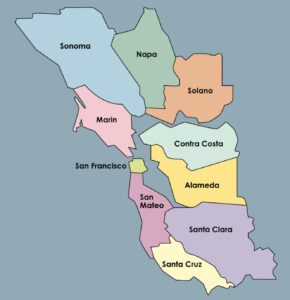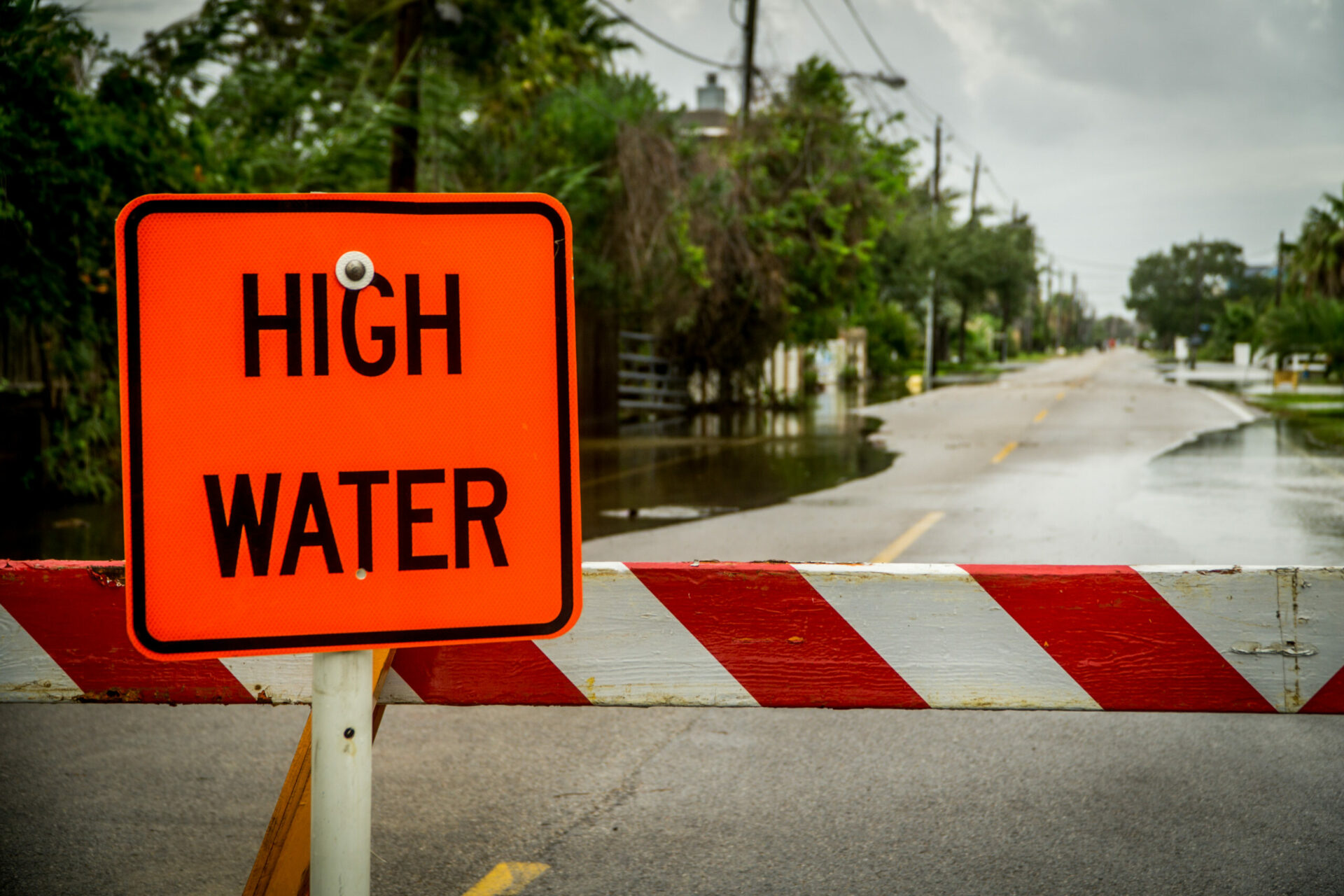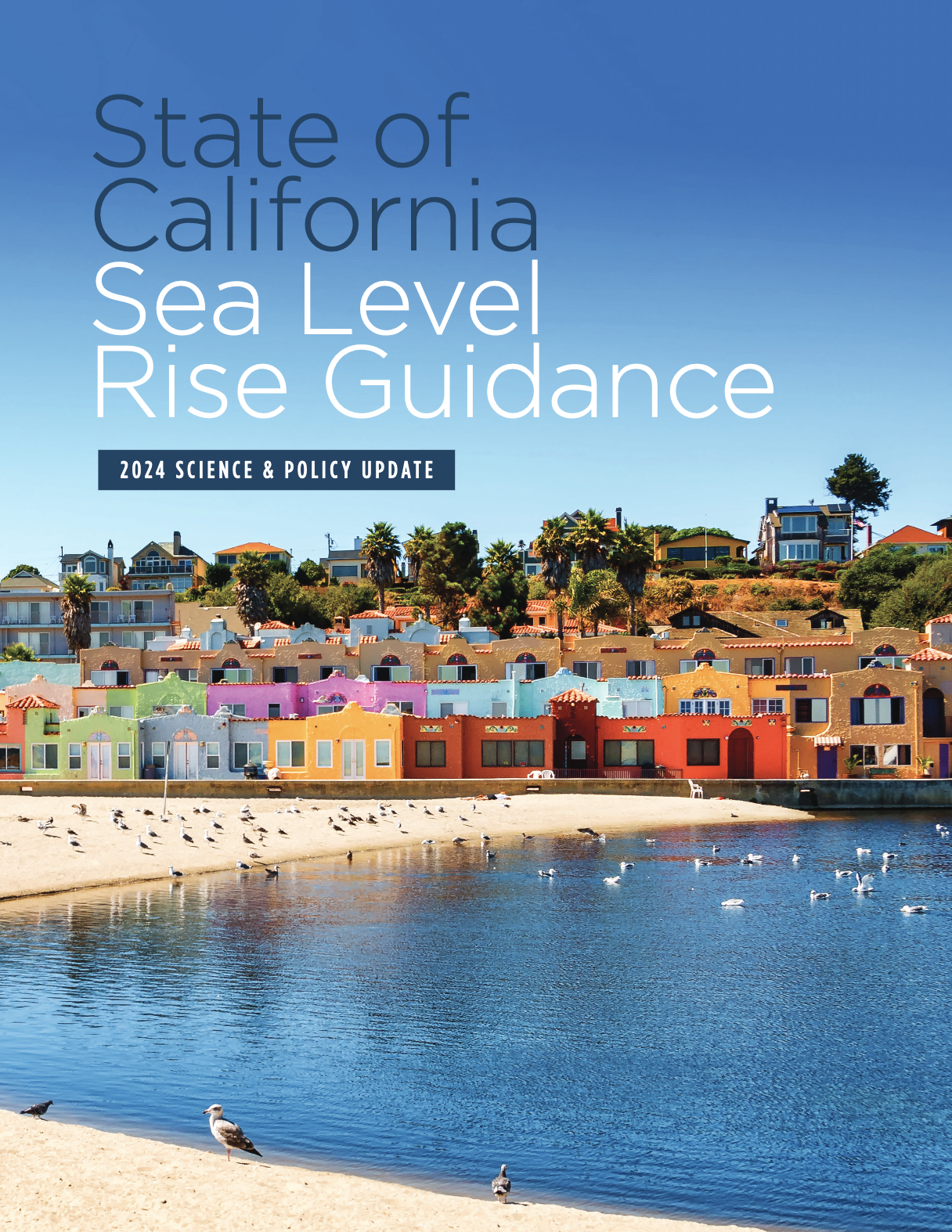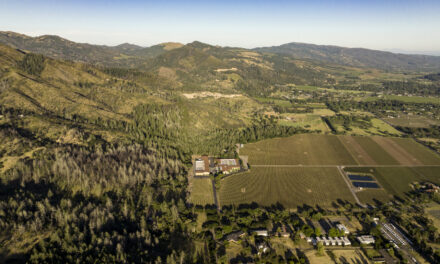New Rules on Rebuilds, FEMA Says No to Wet Feet
The federal government has spliced a formal recognition of climate change into national building policies. The milestone rule, announced July 10 by the Biden Administration’s Federal Emergency Management Agency, requires that new construction projects supported by federal emergency funding be built to withstand extreme floods, including high waters resulting from the anticipated rise in sea level. The Federal Flood Risk Management Standard will take effect September 9 and finishes an initiative kicked off by President Barack Obama, with Joe Biden then as Vice-President, almost a decade ago.
The new building rules, which the Trump Administration retracted in 2017 before they could take effect in their first iteration, require federal officials to specifically set necessary dimensions for a planned project – namely width, height, and coverage – to protect it and the immediate community against flooding. The rule will affect public infrastructure like roadways, bridges, and water and sewer lines as well as community services like schools, libraries, fire and police stations, and public recreation sites. Only projects funded by the Federal Emergency Management Agency, or FEMA, are subject to the rules.
Environmental groups have cheered the flooding risk management standard as an important defensive step forward as the planet warms, sea level rises, and storms hit communities with amplified force.
“This is about planning for the future, and it’s based on the latest and best available science,” said Shana Udvardy, senior climate resilience policy analyst with the Union of Concerned Scientists.
Severe storms and flooding are two of the three most destructive types of natural disasters in the United States and, according to federal estimates, have caused more than half a trillion dollars in damage since 1980. In California, devastating floods of recent winters in the San Joaquin Valley and Central Coast regions have highlighted local vulnerabilities to high waters, and in coastal communities around the Bay Area, rising sea level is an ever-present threat. While the new standards represent an important recognition of flood dangers, the California Ocean Protection Council’s 2024 Sea Level Rise Guidance report anticipates an increase of local sea level by as much as 3.1 feet – conspicuously more than the federal rule’s recommendation that construction be elevated above local flood levels by two to three feet.
Jon Rosenfield, the science director with San Francisco Baykeeper, says he applauds the intent of the federal rule but thinks it may be overlooking certain basic threats of rising sea level. For one, he says, sea level rise doesn’t only correspond to inundated surface area but also can cause encroachment of groundwater into developed areas – a process that can undermine infrastructure sites and polluted soils before they are technically flooded. The other shortcoming Rosenfield sees is that some of FEMA’s flood risk maps, which establish base flood levels, are out of date.
“It’s very good that the Biden Administration is highlighting this issue that places not threatened by flooding now will be in the future, but the baseline that’s being used is not adequate,” he said.
Bay Area infrastructure sites most threatened by flooding as sea level rises, Rosenfield says, include several wastewater treatment plants, bridge foundations, and East Bay freeways.
Other Recent Posts
Gleaning in the Giving Season
The practice of collecting food left behind in fields after the harvest is good for the environment and gives more people access to produce.
New Study Teases Out Seawall Impacts
New models suggest that sea walls and levees provide protection against flooding and rising seas with little effect on surrounding areas.
Oakland High Schoolers Sample Local Kayaking
The Oakland Goes Outdoors program gives low-income students a chance to kayak, hike, and camp.
Growing Better Tomatoes with Less Water
UC Santa Cruz researchers find the highly-desired ‘Early Girl’ variety yields more tomatoes under dry-farmed conditions.
Santa Clara Helps Homeless Out of Harm’s Way
A year after adopting a controversial camping ban, Valley Water is trying to move unsheltered people out of the cold and rain.
The Race Against Runoff
San Francisco redesigns drains, parks, permeable pavements and buildings to keep stormwater out of the Bay and build flood resilience.
Learning the Art of Burning to Prevent Wildfire
In Santa Rosa’s Pepperwood Preserve, volunteers are learning how controlled fires can clear out natural wildfire fuel before it can spark.
Martinez Residents Want More Than Apologies — They Want Protection
After a 2022 release of toxic dust and a February 2025 fire, people in the northeast Bay town are tired of waiting for safety improvements.
Weaving Fire Protection Out Of What’s Already There
A new Greenbelt Alliance report shows how existing vineyards, grasslands, and managed forests can slow wildfire and save vulnerable homes.
Fall Plantings Build Pollinator Habitats in Concord
Community groups, climate advocates and a church are coming together to plant pollinator gardens as monarchs, bees see population declines.
While the new rules will burden developers with higher upfront project costs, this impact, Udvardy and others argue, will be relatively insignificant. For one thing, the federal government will pay 75% of the increased cost of affected projects, leaving developers paying an average of just 2% more. For a $1 million job, that’s less than $5,000.
Moreover, money invested in more resilient infrastructure tends to be cash well spent. A report from the National Institute of Building Sciences shows that every dollar invested to protect against riverine flooding, for example, means $6 saved later when waters rise.
“This ensures that we invest our taxpayer dollars responsibly,” Udvardy said.












